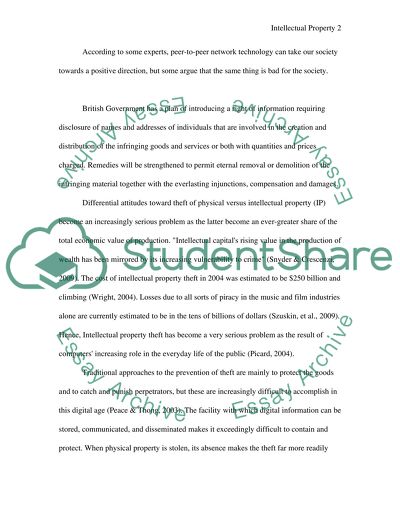Cite this document
(“Intellectual property Essay Example | Topics and Well Written Essays - 2000 words”, n.d.)
Retrieved from https://studentshare.org/law/1404869-intellectual-property
Retrieved from https://studentshare.org/law/1404869-intellectual-property
(Intellectual Property Essay Example | Topics and Well Written Essays - 2000 Words)
https://studentshare.org/law/1404869-intellectual-property.
https://studentshare.org/law/1404869-intellectual-property.
“Intellectual Property Essay Example | Topics and Well Written Essays - 2000 Words”, n.d. https://studentshare.org/law/1404869-intellectual-property.


